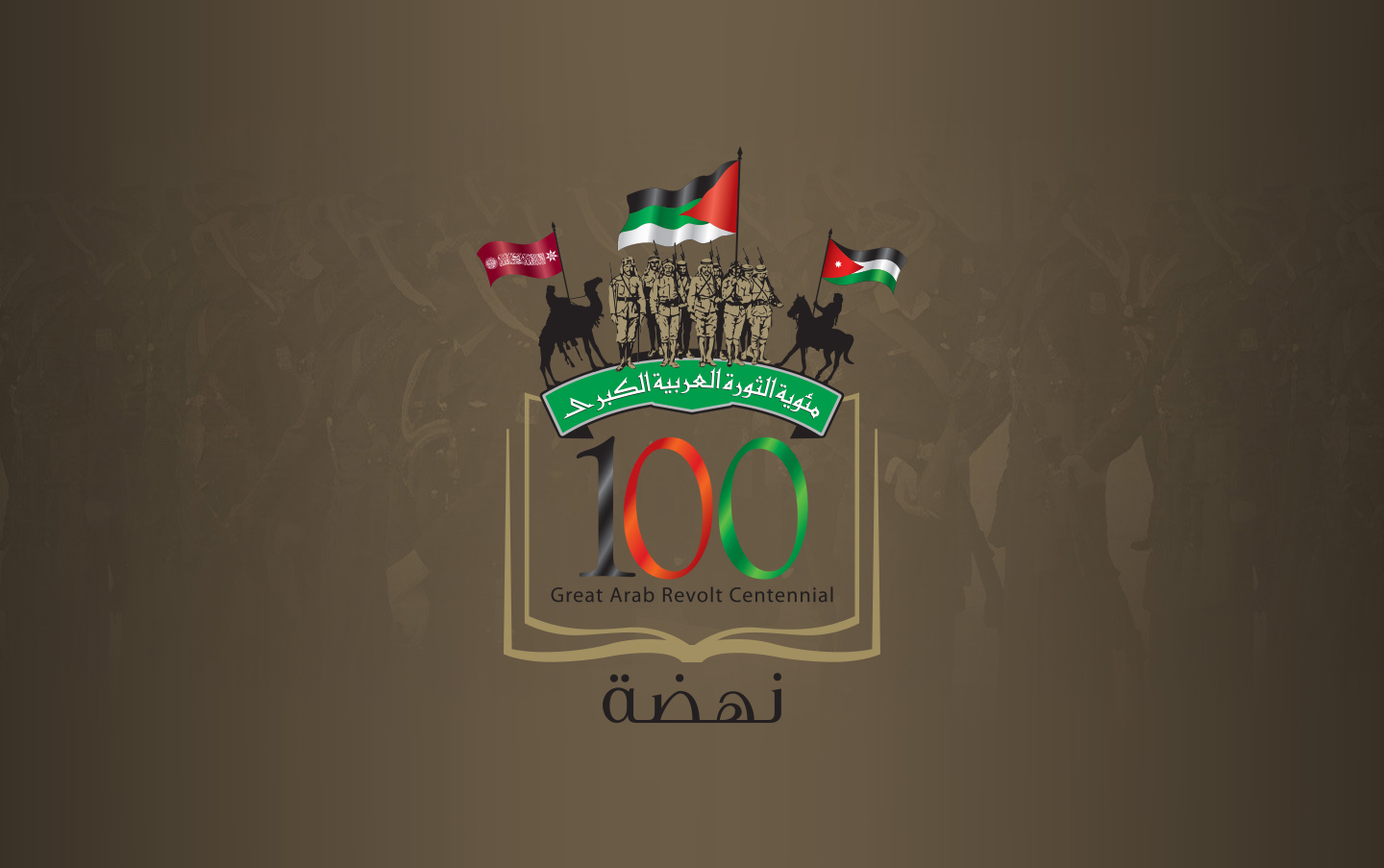1847
Origins of the Arab Revolt
Over the course of its development, the Arab nationalist consciousness always called for an independent Arab state, irrespective of its geographical framework, led by one of Mecca’s sharifs.More.
1870
‘The Sick Man’
Sultan Abdul Hamid II ruled the Ottoman Empire during the last quarter of the 19th century. His reign witnessed one of the most dangerous phases involving the Eastern issue, and the state faced a disaster more violent than all it had faced before. The Ottoman state then came to be known in Europe as “the sick man”.More.
1908
Arabs Name Sharif Hussein Leader
Arabs looked up to Sharif Hussein bin Ali as their leader after he was appointed Sharif of Al Hijaz of Mecca in 1908. This initiative first bore fruit in 1913, with 35 Arab members of the Ottoman Chamber of Deputies delegating Sharif Hussein to speak for the Arabs.More.
7/14/1915
The Hussein-McMahon Correspondence
Arab aspirations were met with encouragement and support from Britain, especially after the war started and Turkey sided with Germany, against Sharif Hussein’s advice to Sultan Mehmed V Reshad not to enter the fighting.More.
5/6/1916
‘Send the blonde horse’
"Send the blond horse" is a coded message included in a letter Prince Faisal sent to his father, Sharif Hussein, signalling the start of the Great Arab Revolt.More.
6/10/1916
Firing the First Shot
The morning of 10 June 1916 was a day marked in history books, embodying Arab determination to achieve their sought-after aspirations.More.
6/10/1916
Arab Forces Liberate Hijaz Cities
Jeddah was attacked on the same day the Revolt was announced in Mecca, and its protecting forces had to surrender on 16 June 1916 to an army led by Nuri Al Said. Rabigh became a supply and control base, and a training centre for Arab forces, especially officers and soldiers who were in the Ottoman army and joined the ranks of the Arab Revolt.More.
6/26/1916
Arab Revolt Pamphlets
Sharif Hussein said in the first pamphlet: “Members of the Committee of Union and Progress have taken over power in the Ottoman State, stripping the Caliph of all authority, and straying from the teachings of Islam. They have practised racist policies, and persecuted Arabs and their language, hanging their free men in the gallows and continuing with policies aimed at killing the Arab spirit. They have squandered several Ottoman states with their clumsy policies, and their entering the war will lead to losing the rest. Therefore, Arabs have to work to save themselves and establish an independent entity of their own.”More.
8/15/1916
Al Qibla — The First Arab Hashemite Newspaper
Al Qibla used the Quranic verse, “We appointed the Qibla to which thou wast used, only to test those who followed the Apostle from those who would turn on their heels from the faith” (Al Baqarah: 143) as its motto.More.
11/4/1916
Sharif Hussein proclaimed King of Arabs
Sharif Hussein bin Ali was proclaimed King of Arabs on 4 November 1916, with the consensus of free and leading Arabs.More.
6/10/1917
The Great Arab Revolt Banner — The Mother Flag
The concept of the Revolt’s banner came from the symbols of the Arab Awakening, and there was no foreign interference in its creation. The Great Arab Revolt forces originally carried the red Hashemite flag.More.
1/15/1918
Revolt’s Military Routes in Jordan and Syria
The Great Arab Revolt armies executed military operations of varying levels in the Jordanian theatre between 1 July 1917, until the end of September 1918. The operations covered almost all of Jordanian territory, according to well-set plans and accurate military vision.More.
6/29/1918
Entering Damascus and Proclaiming Arab Rule
On 29 September 1918, Prince Faisal established his leadership in Daraa and ordered the final march to Damascus through the Hajj route Zarif-Tafas-Sheikh Maskin.More.
1/18/1919
Arabs Demand Independence at Paris Peace Conference
Prince Faisal presented Arab demands at the Paris Peace Conference, where he held talks with French Prime Minister George Clemenceau on the Arab cause and aspirations for independence.More.
3/8/1920
Syrian National Congress
The Syrian National Congress, held in Damascus in 1920, produced decisive outcomes supported by Sharif Hussein bin Ali, foremost of which declared the complete independence of Syria within its national borders, named Prince Faisal bin Al Hussein King of Hijaz and rejected the Zionist Balfour Declaration.More.
7/24/1920
Maysaloun Battle and the Syrian Kingdom
Once Prince Faisal was proclaimed King, the Arab flag was hoisted in Damascus at the Marja Square, which had — four years earlier — witnessed the decision to execute the free Arabs, a move that instigated the Revolt.More.
11/21/1920
Jordan: From Revolt to Statehood
His Highness Prince Abdullah arrived in Maan leading his military force on 21 November 1920, and realised that it would be impossible to face the two superpowers at the time — France and Britain — with a small number of fighters and no heavy weapons.More.
4/11/1921
History’s Judgement
The Great Arab Revolt’s foremost achievements include the establishment of independent Arab kingdoms in Hijaz, Syria and Iraq as well as the establishment of an Emirate in Transjordan.More.
6/1/2016
Maan Medal — Testament of Honour and Heroism
The Maan Medal immortalises epic heroism over the course of the Revolt, with the resounding victory against the Turkish fortresses in Maan and its surrounding areas, paving the way for the armies of the Revolt to continue to march in different directions in the Levant.More.
6/1/2016
Revolt’s Military Routes in Transjordan
Transjordan was the first and foremost location in the march of the Arab Armies to the north to fulfil the Arab ambition of entering Damascus and raising the independent Arab state’s flag there.More.

